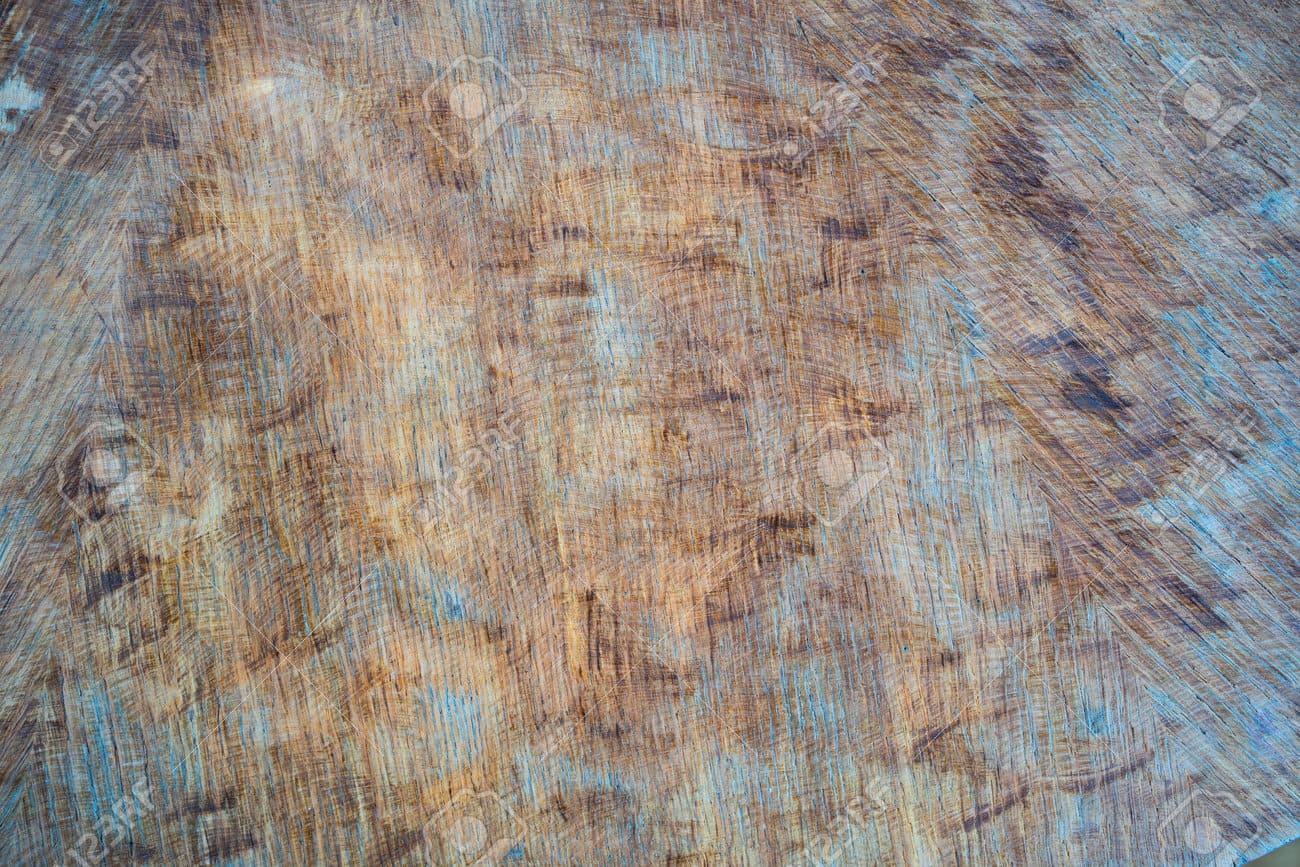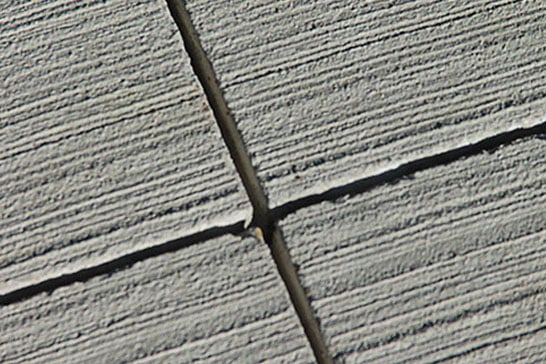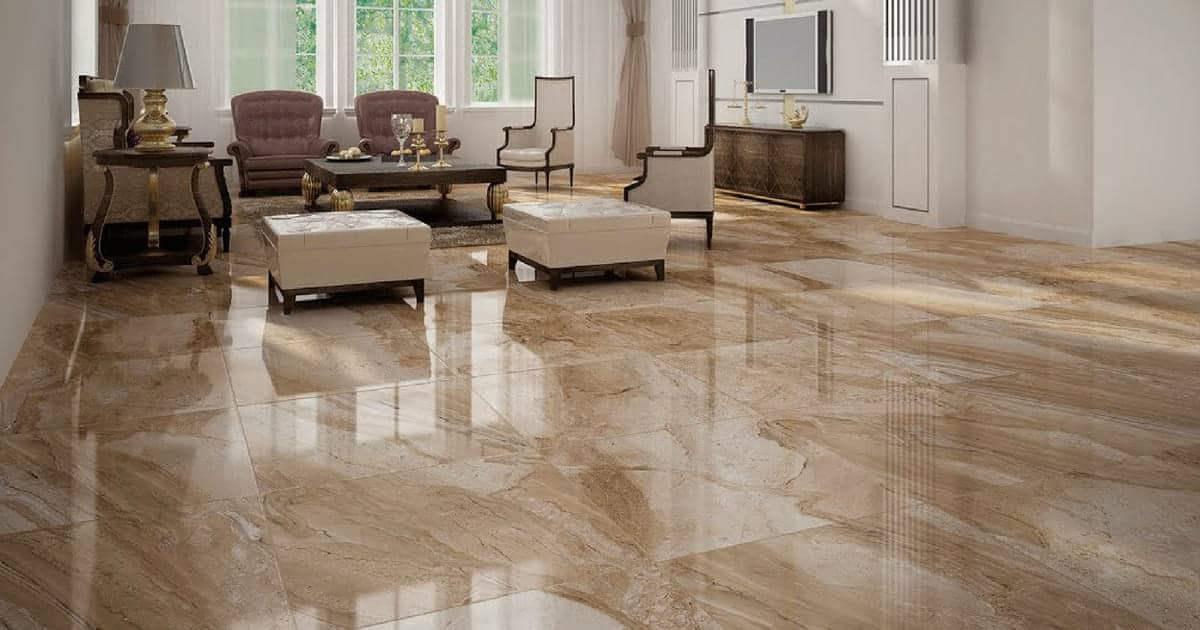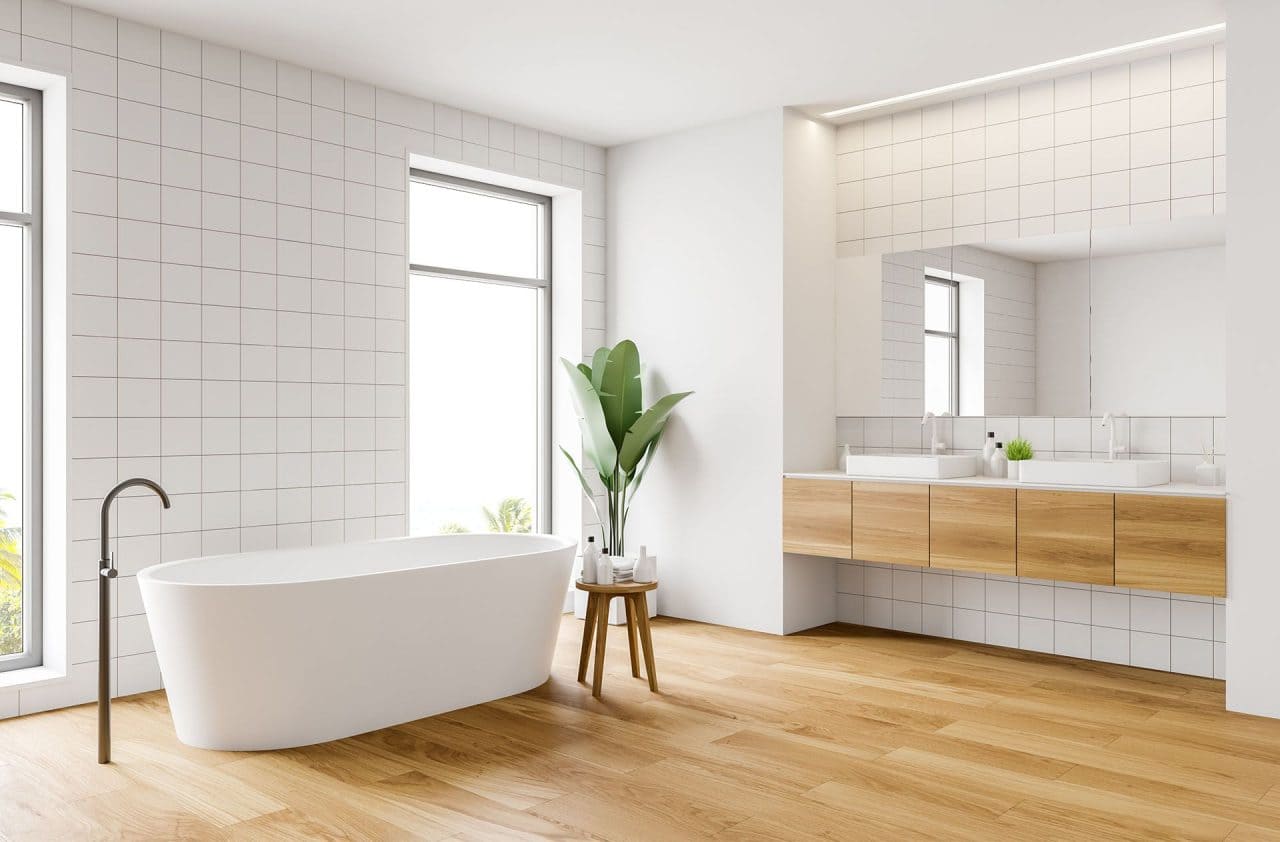Introduction:
Oriented Strand Board (OSB) flooring, a popular choice in construction and interior design, has taken a bold and unconventional turn with the emergence of burnt OSB flooring. This unique technique involves intentionally scorching the surface of OSB panels, resulting in a distinct and visually striking aesthetic. In this exploration, we delve into the process, benefits, and potential drawbacks of burnt OSB flooring, shedding light on its growing popularity in contemporary design.
The Art of Burning OSB:
A. Process Overview:
- Preparation: Before beginning the burning process, it is crucial to prepare the OSB panels by sanding and cleaning them thoroughly.
- Application of Heat: Various methods can be employed to apply heat, such as a blowtorch or a specialized burning tool. The intensity and duration of heat application determine the depth of the burn and the final appearance.
- Cooling and Sealing: After achieving the desired burnt effect, the panels are allowed to cool before a sealant or finish is applied to protect the surface and enhance durability.
Artistic Expression:
- Varied Burn Patterns: The beauty of burnt OSB flooring lies in the unpredictability of the burn patterns. Designers and DIY enthusiasts appreciate the organic and natural look achieved through this process.
- Color Palette: The burnt OSB surface often exhibits a range of colors, from deep charred blacks to warm, amber hues. This diversity adds a dynamic element to the flooring, making each installation unique.
Benefits of Burnt OSB Flooring:
A. Sustainability:
- Reuse of Materials: Burnt OSB flooring embraces the concept of upcycling, as it involves repurposing existing OSB panels instead of discarding them.
- Low Environmental Impact: The burning process requires minimal additional resources, contributing to a lower environmental impact compared to other flooring options.
B. Durability:
- Enhanced Hardness: The charring process can enhance the hardness of the OSB, making it more resistant to scratches and dents.
- Resistance to Decay: The sealant applied after burning not only protects the surface but also adds resistance to moisture and decay, increasing the lifespan of the flooring.
Drawbacks and Considerations:
A. Safety Concerns:
- Fire Hazard: The burning process involves an inherent fire risk, requiring careful consideration of safety measures, including proper ventilation and fire extinguishing equipment.
B. Limited Availability:
- Niche Market: Burnt OSB flooring is still considered a niche aesthetic, limiting its availability in mainstream markets.
- Customization Challenges: Achieving consistent burn patterns can be challenging, making it difficult to match panels for larger installations.
Conclusion:
Burnt OSB flooring represents a unique marriage of artistic expression and sustainable design. While it comes with its set of challenges and considerations, the growing popularity of this unconventional flooring option suggests a shift in design preferences towards more experimental and environmentally conscious choices. As the industry continues to innovate, burnt OSB flooring stands out as a testament to the ever-evolving nature of interior design.





